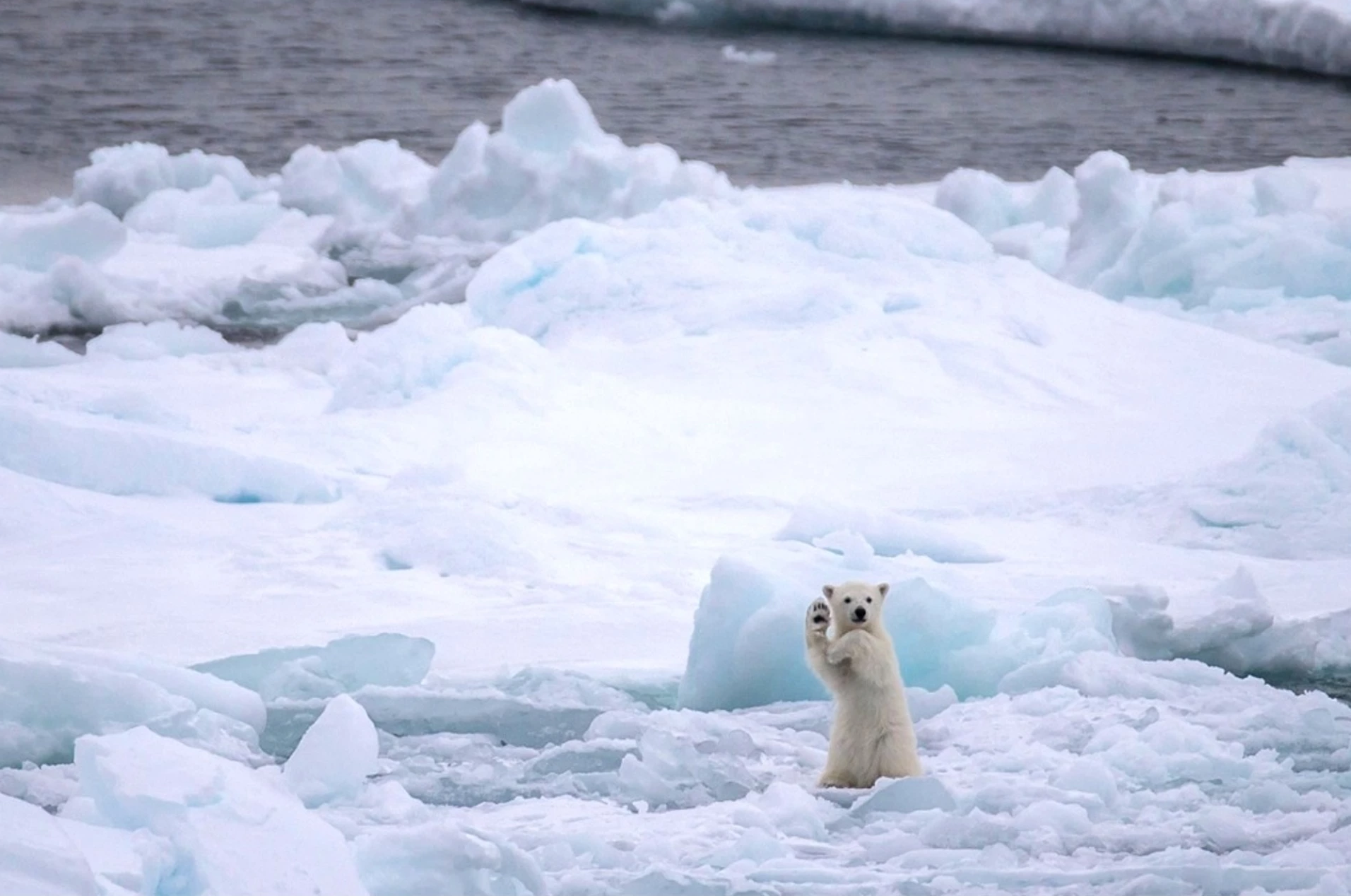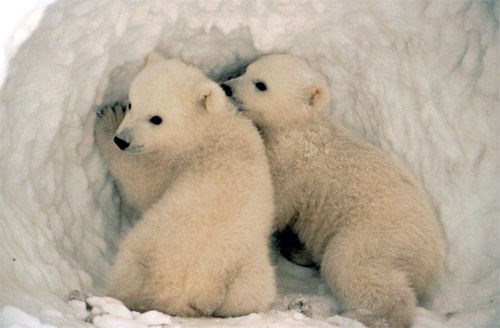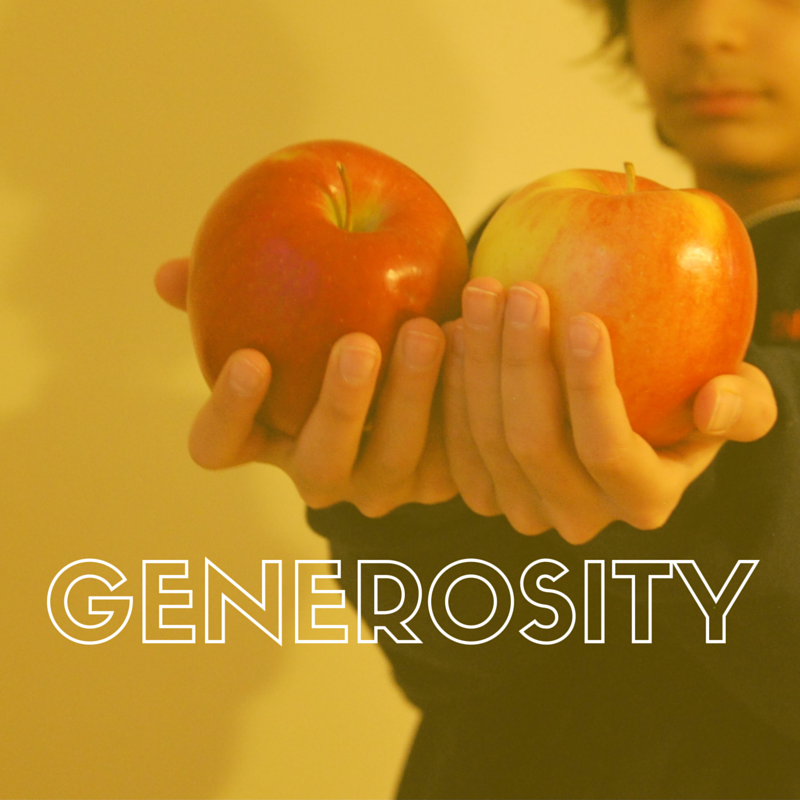February 27th is International Polar Bear day, and if you’ve been reading the news, 2015 was the hottest year ever on record, in our world history.

What does it all mean?
Warmer summers, wetter winters and more dry spells? Yes, that, and also more hurricanes, more storms, and more droughts. So regardless of where you live, one way or another, you’ll feel the effects of global warming, and so will our furry friends up north.
Global warming affects all of us on Earth, and climate change is a major killer for biodiversity, as well as other important items on our Humanity Survival checklist if we’re to make it past the next thousand years. Sustainable agriculture, arable land, habitable land, as well as global sea surface temperatures all affect our food supply and general health adn well-being.
How did climate change caused by global warming even happen? The simple answer is due to our extremely high carbon output.
You’ve probably heard about global warming. I’ll not babysit you and explain the process in excessive detail, as it’s simple – mass industrialization and transport using fossil fuels has caused an excess of carbon dioxide and other greenhouse gases to be released in the atmosphere.
Greenhouse gases such as methane and carbon dioxide for example.
What these greenhouse gases do is that they trap more heat, or UV radiation as it is scientifically termed in our atmosphere, or air, preventing it from going back into space, causing global warming.
Which of course, in turn – melts the polar icecaps, leading to less and less space each year for our furry friends to live and hunt.
How can you help?
Simply put – You can practice the 4 R’s.
The 4 R’s are : Refuse, Reduce, Reuse & Recycle
All of these don’t require you to live like a hermit in the wilds of Colorado or Algonquin, but just need you to take conscious action and responsibility in your part to save the earth.
The basic underlying principle in all of these tenets is to consume less, and thus, waste less and reduce greenhouse gas emissions as a whole.
Refuse – Simply put, this concept is to refuse using more wasteful items, to refuse excessive wastage, and to refuse excessive consumption.
Don’t take more than you need, don’t take more than you can eat, don’t waste anything.
Refuse to use single use items and highly polluting items and substances. For example, when catering for an office function, or for a party – use reusable cutlery, and plates. Refuse the usage of Styrofoam cups and plastic utensils that can be only used once and then thrown away after.
Use instead – either environmentally friendly materials that are certified to decompose without releasing harmful pollutants such as plates made from plant fibre without the usage of chemical glues. Better still – use reusable plates.
Refuse to buy mass farmed and unsustainably grown agricultural products because they use chemical fertilizers that are less effective and detrimental to soil quality for future generations. on top of that, intensive animal husbandry to produce meat products also cause the release of the greenhouse gas Methane, which is much more potent at trapping heat compared to carbon dioxide by 25 times over a 100 year period.
Yes – 25 times. So make sure you refuse that excessive platter of meats, especially beef.
Reduce – If you can’t completely change your habits for lifestyle or health reasons, we respect that. To each their own, but you can still reduce the amount you consume, as well as the amount of waste and greenhouse gases you produce or help to produce, directly or indirectly.
Take the bus, ride a bike, or walk. by reducing your reliance on individual transportation, you cut down on greenhouse gas emissions.
Why? Let us explain – when oil is extracted through fracking, methane gets released directly into the atmosphere.
When crude oil is refined, it needs to be heated using natural gas to refine it into its various products like diesel, kerosene, and then petrol. Also, plastic is a derived from oil.
Before and after refining, oil has to be shipped from the oil well, to the oil refinery, and from the oil refinery, to your local petrol depot, and then to your petrol station. In between all these trips, the amount of carbon dioxide emissions generated for their transport is tremendous.
Of course – you can’t cycle all the time, everytime, but when you can, you should.
Or you could also try these.
A reduction in junk mail. Really, spend 2 hours maximum unsubscribing to all that wasted print that you never read anyway. Save on subscription fees, save paper, and save yourself the stress of sorting through all the magazines to find your latest overdue bill while trying to also handle the groceries.
Speaking of bills! Get an energy audit. Now, I hate the word audit too, but in this case, this audit will tell you exactly what’s taking up so much power in your home, as well as how you can reduce your power usage, and bills.
Re-use – Reusing things is simple, as well as economical. It’s good for your wallet, it’s good for the earth, and good for your health and the future. I think I don’t need to explain further since I’ve already covered why before.
So, re-use bottles for water, it saves you money from buying overpriced mineral water anyway. reuse grocery bags, bring your own to reduce the amount of plastic bags used. Re-use boxes that you can, and repurpose old furniture by refurbishing it.
Recycle – Recycling is pretty straightforward. Resources have already been used, but some resources can be reused again but need some processing. Items made of or having components of metal and glass(non-degradable) are available to be recycled into new items again, while items made of degradable material may vary, such as wood pulp, paper, fabrics may need to be composted.
Recycling basically reduces or eliminates the need for more resources to be extracted and go through the entire process of manufacturing again, cutting short the manufacturing and refining process from raw material to finished product.
Of course, this also reduces the amount of greenhouse gases emitted as the amount of power needed to recycle items is substantially lesser than needed to produce the same item from raw resources.
With all these in mind – you can help slow climate change and global warming, and give the polar bears a fighting chance to see the next hundred years in existence!
Just think of the children, ours and bears!



 The public book libraries of Sacramento
The public book libraries of Sacramento